Friday, May 29th, 2009, would have been Jack Kamen's 89th birthday. Sadly, he is gone, passing last August 5th, 2008, this is my recollection of Jack and the enormous impact he had on me and my career.

I met Jack Kamen by answering an ad in the Sunday New York Times placed by a small advertising art studio on 40th and Madison Avenue in NYC looking for a freelance board artist.

It was a serendipitous moment, arriving at the studio for an interview and being introduced to Jack, I got lost in conversation with him about comic books and almost blew the position interview. Jack was at the studio as a freelance artist doing illustrations for his clients and the studio he had space in.

Jack left EC Comics and the field a decade earlier and had built a very solid career in advertising art.
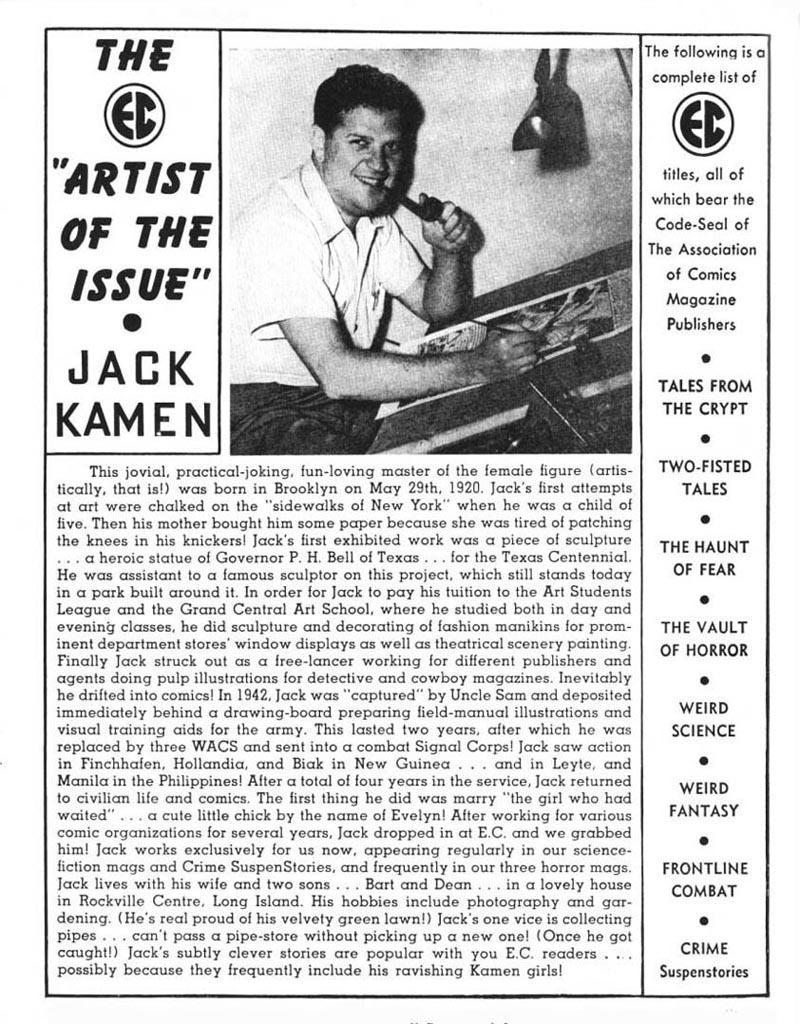
I can only describe myself as young, idealistic, enthusiastic, and clueless about this new world I had entered into. I was going to art school at night and my only experience in the field was a short stint in a big advertising studio next to Grand Central Station where I was the classic apprentice and "gopher". I would "go for" lunch and "go for" job pick ups, but never had enough time in to be given a board to work at. I did pick up enough to understand how to do a "mechanical", a mainstay in ad production at the time, and I left the studio shortly after with enough knowledge to go out and secure a studio job. It was at this moment when I walked into the studio on 40th Street and met Jack Kamen.
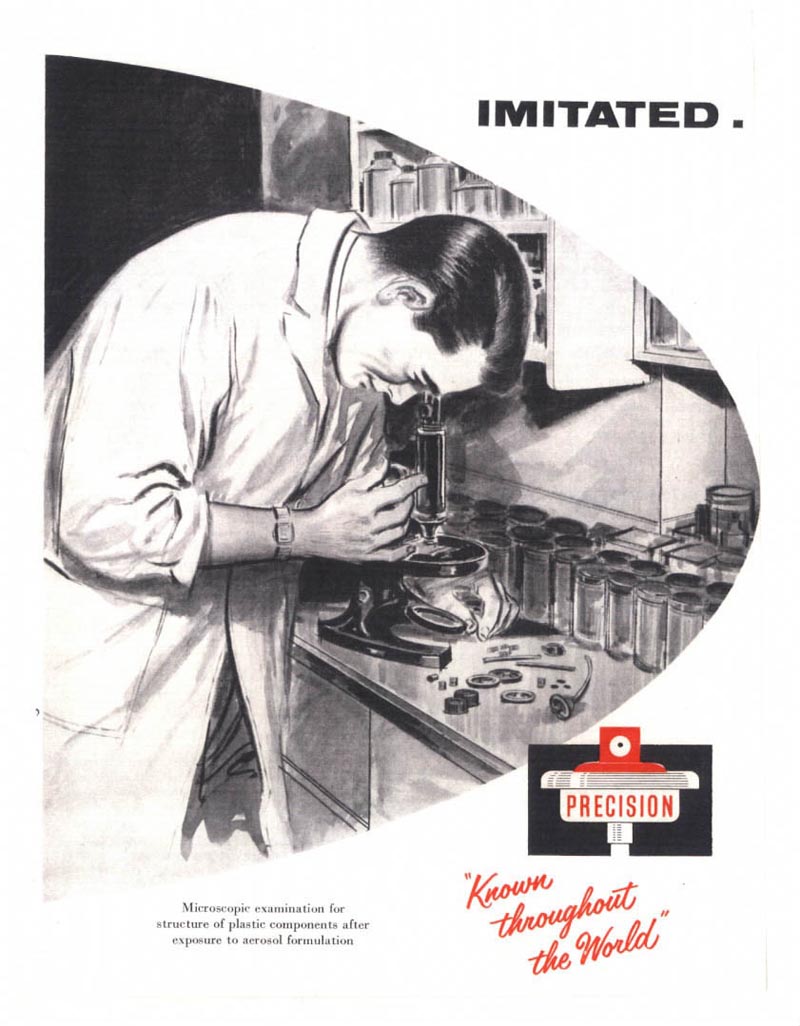
Jack and I hit it off immediately, I was a wide-eyed fan who could not believe that I met a celebrity, a real life comic book artist, and for Jack, I was a gushing fan in a field where advertising illustrators were a commodity and his recognition was more from an art director's appreciation for good work on time, usually without credit in print, but Jack was a very successful illustrator by any other description.
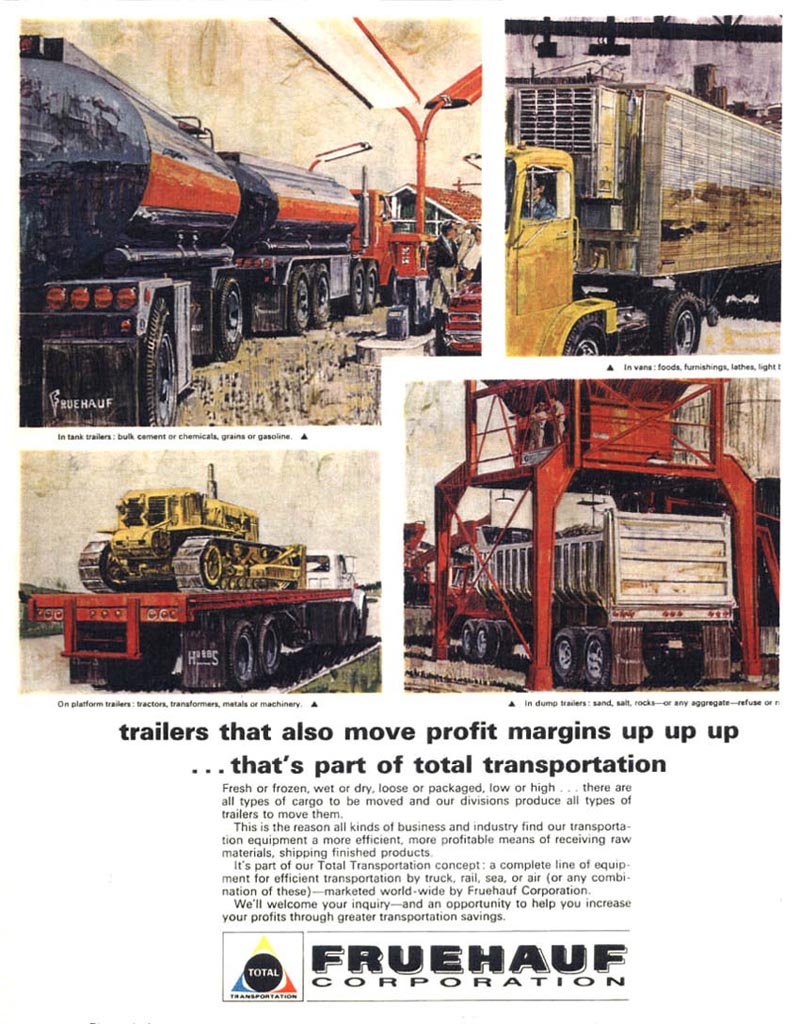
Jack Kamen and I were kindred spirits in many ways, we were both enthused fans of illustration and illustrators past and present, only he had a much bigger cache of knowledge on artists I had never heard of, and in a personal way, our early lives were similar in that we both lost our fathers when we were young. That was ultimately our true bond, he saw himself in me and I found a surrogate father.
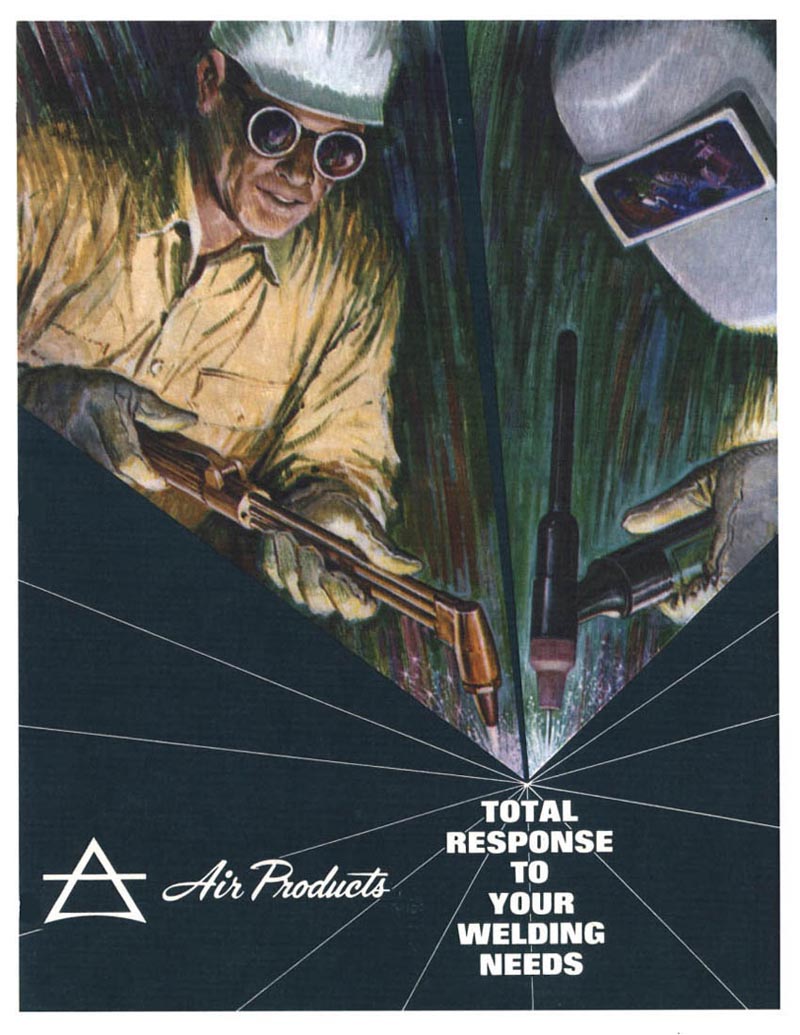
My time in that advertising studio on Madison Avenue was spent with my drawing board just six feet from Jack's, we spent our days talking, mostly me listening, and when I had a chance to break, I got up and looked over his shoulder as he worked. He did his share of small line drawings for his advertising clients, but he also worked on very large color pieces that I considered paintings but really were Jack's multi-media works of art that rivaled the best in the field. All the time I was being exposed to skills and knowledge that would surpass those skills I was acquiring in art school, not to diminish the latter, but I've found that artistic ability can go undefined without survival skills.

Jack started me on my illustration career while in that studio, passing along some of his small clients that he had outgrown. He was my mentor and guiding light at a time when I needed it the most, a good friend and always my surrogate dad until his passing in August, 2008.
In the last year of Jack Kamen's life I had the good fortune to interview him by phone at his home in Florida about that time we spent in the studio. Prompted by Leif, who thought it a worthy subject for his illustration blog, little did I know that our unfinished discussion would be our last with many more questions to be asked and now that opportunity forever gone.
That initial interview with Jack Kamen is presented here where he discusses his unique approach to painting those magnificent large scale illustrations for Mack Truck and other well known clients.
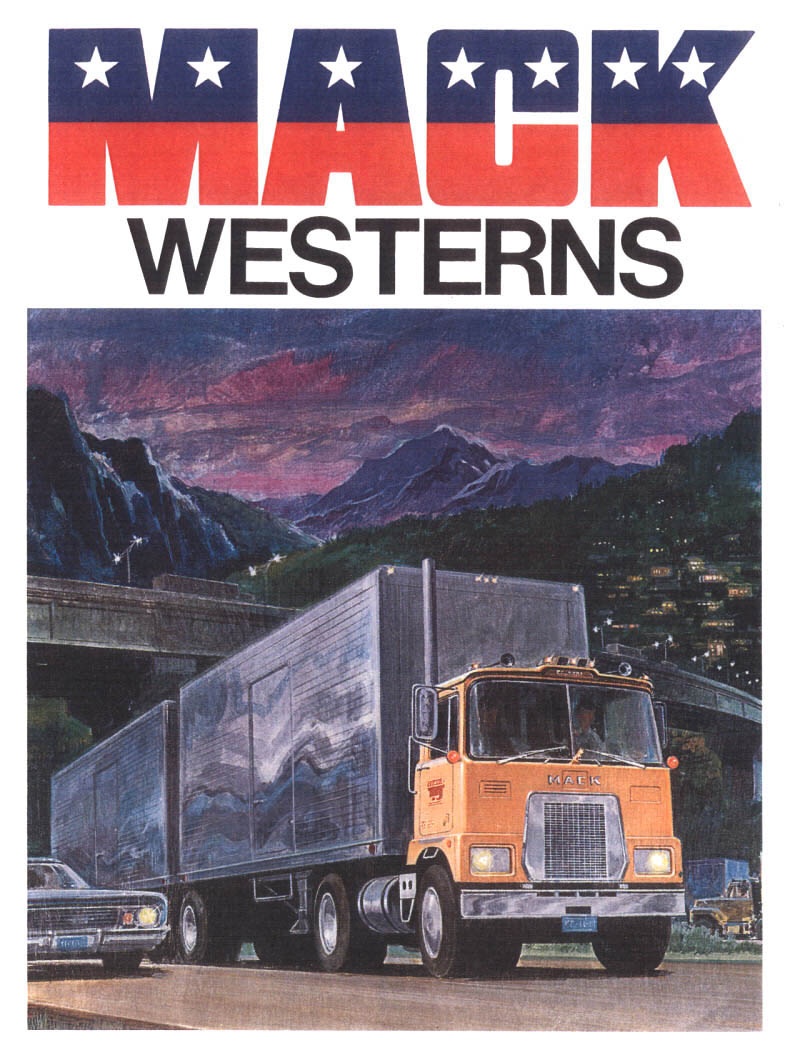
Jack Kamen mentioned years later that his painting method was an unorthodox hodgepodge of mixed media and the use of an electric eraser to create his paintings.
Jack: "Did you know I used Prismacolor pencils along with an acrylic paint wash to create my paintings? I would use a smooth illustration board and apply my basic color in a very watery wash of acrylic, and after it dried I would start rendering with Prismacolor pencil. Then I would take an electric eraser, with a particular eraser, that when you erased anything, before you got down to removing color, you could mix the color pencil very, very smooth, almost like an oil painting."
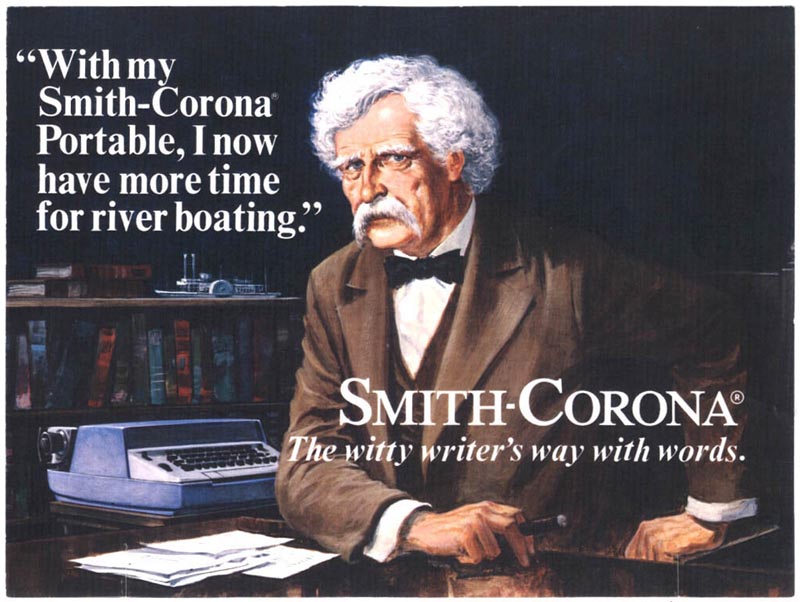
"For instance, I would mix a puddle of acrylic paint flesh color and put that down as a watercolor wash. As soon as it dried, I would add all the details in colored pencil. In areas that needed correction I would paint opaque white acrylic and then go back and do color pencil again. The electric eraser blended all the pencil into a smooth look."
"If you look at a painting of Santa Claus, the beard is opaque white acrylic, put down as a watercolor wash, then the shading and gray tones were added in color pencil, the electric eraser gave the fuzzy look to all that."

When prompted, Jack said he heard of another artist doing something similar but had forgotten his name. He tried it with modifications and it suited his approach to painting. He said he hated painting in oil in art school, found acrylic more enjoyable, the addition of Prismacolor pencil with it's wax base, and his application of that electric eraser after, his personal painting method. Looking at the illustration samples, who would have known!
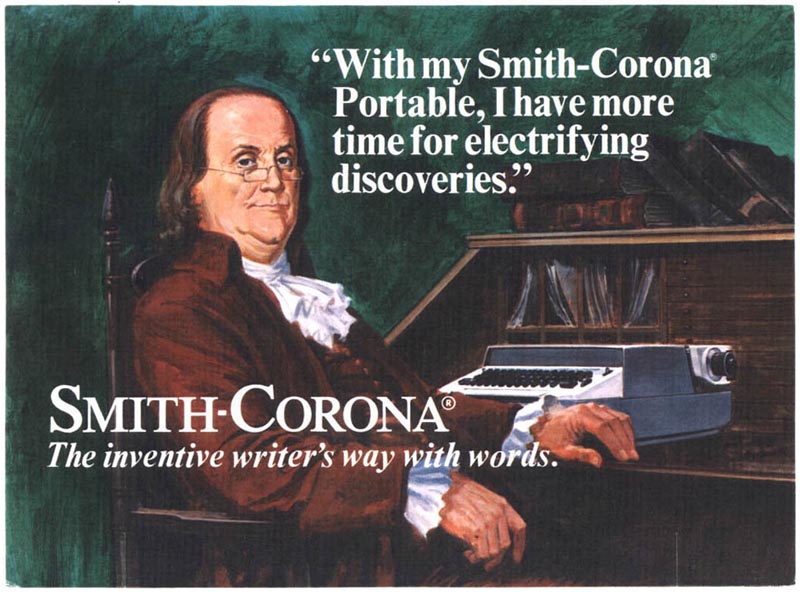
Many thanks to Tom Palmer for sharing his recollections of Jack Kamen with us. I have always had the greatest admiration for Mr. Kamen's work, and its a privilege to have hosted Tom's personal story of his friend and mentor here on Today's Inspiration.
* My Jack Kamen Flickr set.
Hi Leif,
ReplyDeleteHey, thanks for sneaking an old EC artist in here for us "lowbrow" types. Kamen was a really solid illustrator and probably underappreciated as a comic artist due to the stellar company he kept in that discipline (Wood, Davis, Crandall, Craig, Evans, . . . I mean, who WOULDN'T be overshadowed?!)
He really showed what he was made of with excellent contributions to the sadly short-lived "Picto Fiction" line at EC. This was an area where some people felt the "better" artists like Wood, et al, put in somewhat disappointing appearances but Kamen's stuff was some of his best ever. He drew an entire edition himself!
His ability to draw sexy gals was, of course, legendary. He will be missed.
An interesting sidebar about which some may not be aware is the fact that his son, Dean Kamen, is a world-class inventor with dozens of patents to his name, including the famous "Segue" vehicle. Jack's foresight in investing in Dean's work even when the latter was only a teenager has made the Kamen family very wealthy, I believe. And deservedly so. All of us artists need a kid who can make us some real money!
Anyhow, thanks for another great installment of your blog, Leif.
Huw Evans
EYECATCHER Graphics & Design
http://www.eyecat.com/
Thanks for your comment, Huw;
ReplyDeleteI suspect you are right that Jack Kamen might have been less appreciated by some 'EC Fan-addicts'.
personally, he was always one of my favourite EC artist, as John Romita was always one of my favourite Marvel artists...
Both share the ability to render that mid-century commercial art idealized realism in an absolutely flawless manner. Both could easily have taken a seat at a drawing board at Johnstone and Cushing and produced the sort of advertising comic strips as Stan Drake, Leonard Starr and of course our friend Tom Sawyer (then Scheuer) did.
Something about that kind of art style really appeals to me. Of course I love the Jack Davises and Wally Woods of that period as well, but its Kamen, Romita, the J&C artists I mentioned and a few others that I look to for inspiration when I do my own work.
Is that odd? I dunno...
Interesting and somewhat eerie irony here: Mark Twain, shown in the Smith Corona ad, owned a typewriter (though a Remington) that he swore at more than swore by.
ReplyDeleteHe is thought to have dictated the narrative of his novel The Adventures of Tom Sawyer to a professional typist, although for many years, he was credited as having typed the manuscript himself. This novel was touted as the first to be typed, as opposed to handwritten.
Jack Kamen's choice of Mark Twain as the typewriter/author model is a fascinating coincidence.
Love that illustration of the orange cab MACK under the evening sky. Lots to study just in that one image there.
ReplyDeleteKamen was one of those artists, who, at least for me, I only come to really appreciate as the years went by.
Leif, you continue to do the history and craft a great service with your blogs. Thanks.
Oscar Solis
Thanks so much for the Kamen rememberances. I just loved his EC work. The way he drew clothes always impressed me. I heard him say once in an interview something like, I don't draw clothes. I draw the bodies under the clothes. That was such an "ah-ha" moment for me in my meager drawing attempts. -- Mykal
ReplyDeleteThat's a great little quote from the master of drapery - thanks RC! :^)
ReplyDeleteWhat a treat to read about so many people remembering my dad in such an admirable and loving way. He's with me in my heart every day and I miss him terribly.
ReplyDeleteTerri: He was a great artist. I am a fan of EC Comics and have a DVD of interviews with all the crew, and he seemed like a very sweet and warm man into the bargain. He was one of my favorites. -- Mykal
ReplyDelete